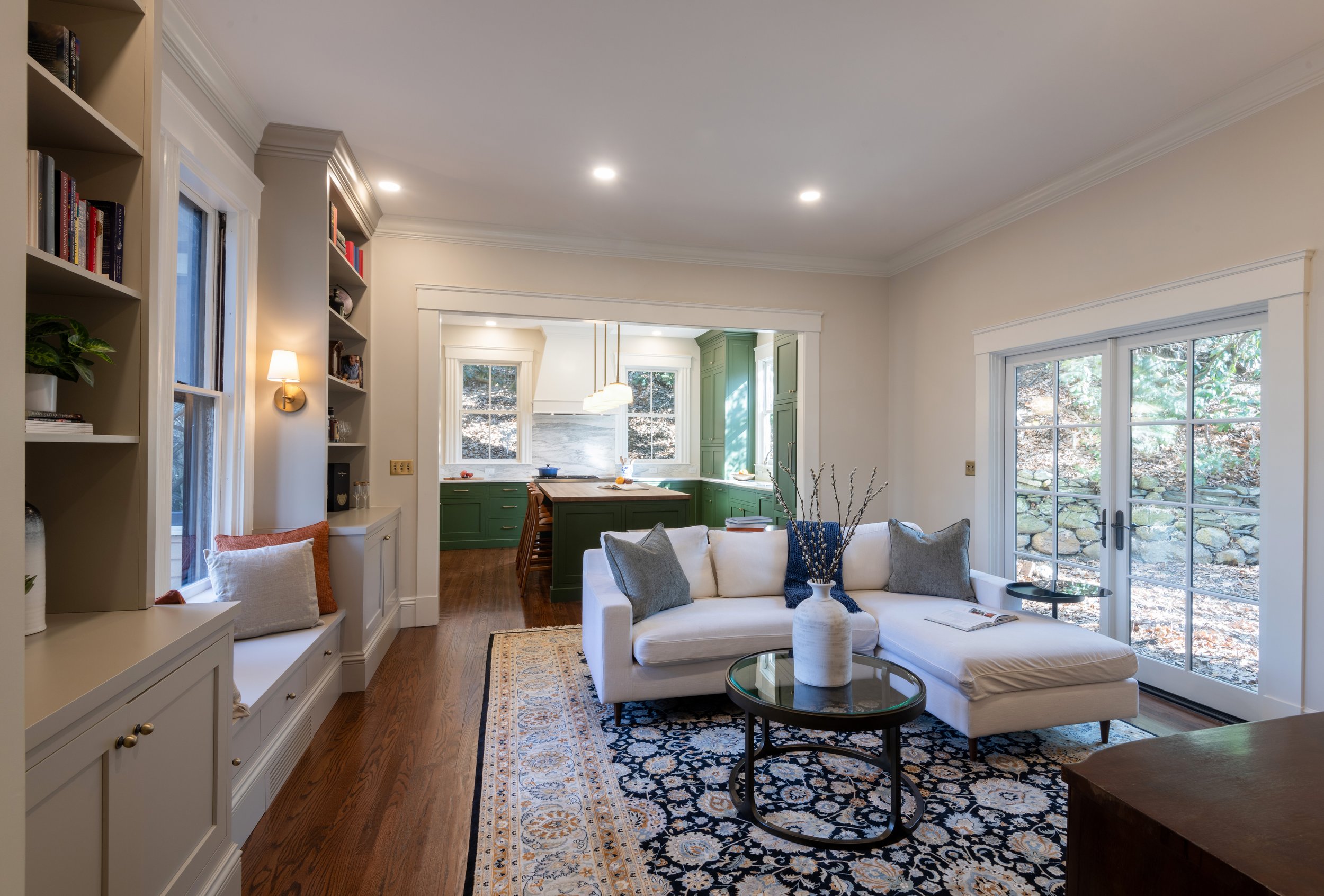In recent years, Boston has appeared as a leader in
sustainable metropolitan development. As the town grows, their
architects are significantly centered on establishing environmentally
conscious style methods that not only address environment modify but in
addition improve the quality of life for residents. From
energy-efficient buildings to green areas and eco-friendly
infrastructure, sustainable style is reshaping Boston Architectural Firm and influencing its future.

1. Power Performance Takes Middle Period
Boston's commitment to sustainability is visible in its drive for energy-efficient making designs. Many new constructions, in addition to retrofits of older houses, are integrating sophisticated warmth, energy-efficient HVAC techniques, and wise lighting systems to lessen over all energy consumption. By focusing on energy conservation, architects are supporting the town match its formidable objectives to lessen carbon emissions and achieve net-zero power position in the coming decades.
2. Natural Developing Products and Structure Techniques
A vital part of sustainable design in Boston is the usage of eco-friendly materials. Architects are significantly looking at locally procured, alternative, and recycled components to lessen environmentally friendly influence of construction. Innovations such as for example cross-laminated wood (CLT) and low-carbon cement are increasing acceptance for their ability to reduce embodied carbon, which will be the carbon emissions associated with producing making materials. Furthermore, the city's building rules encourage the utilization of sustainable construction strategies that decrease waste and power use throughout the creating process.
3. Metropolitan Natural Places and Resistant Infrastructure
One of the very most visible aspects of sustainable design in Boston may be the creation of green spaces. Public parks, natural roofs, and neighborhood gardens not only increase the city's aesthetic appeal but also subscribe to biodiversity and decrease the urban temperature area effect. Architects are incorporating green spaces in to new developments, recognizing their position in stormwater administration, improving air quality, and providing places for peace and recreation.
Resilient infrastructure is also an integral priority. Boston's architects are designing structures and public places with climate resilience at heart, ensuring that the city can resist potential issues such as for instance growing ocean degrees and intense temperature events. Improved structures, flood-resistant components, and proper landscaping are being integrated into developments along the waterfront and in flood-prone areas.
4. Sustainable Transportation and Connection
Sustainable style in Boston stretches beyond buildings to encompass transportation and mobility solutions. Architects and metropolitan planners will work to produce walkable neighborhoods and bike-friendly infrastructure, reducing the city's dependence on cars and promoting solution ways of transportation. Community transportation locations are being built-into mixed-use developments, making a smooth relationship between houses, corporations, and transit systems.

To conclude, sustainable style in Boston is more than simply a trend—it is a motion toward a greener, more resistant metropolitan landscape. Architects are primary the charge, and the answers are transforming Boston into a town that not just matches the needs of today but can be organized for the challenges of tomorrow.
No comments:
Post a Comment